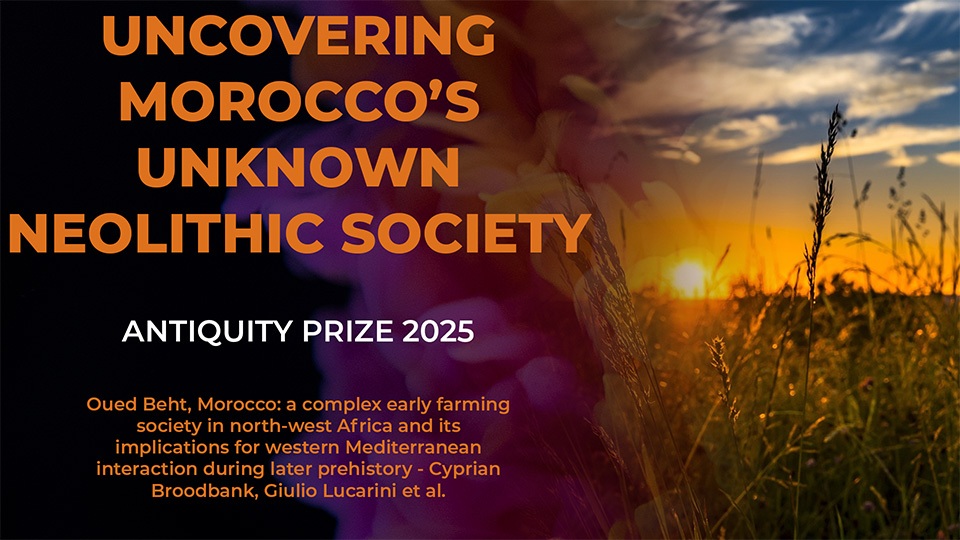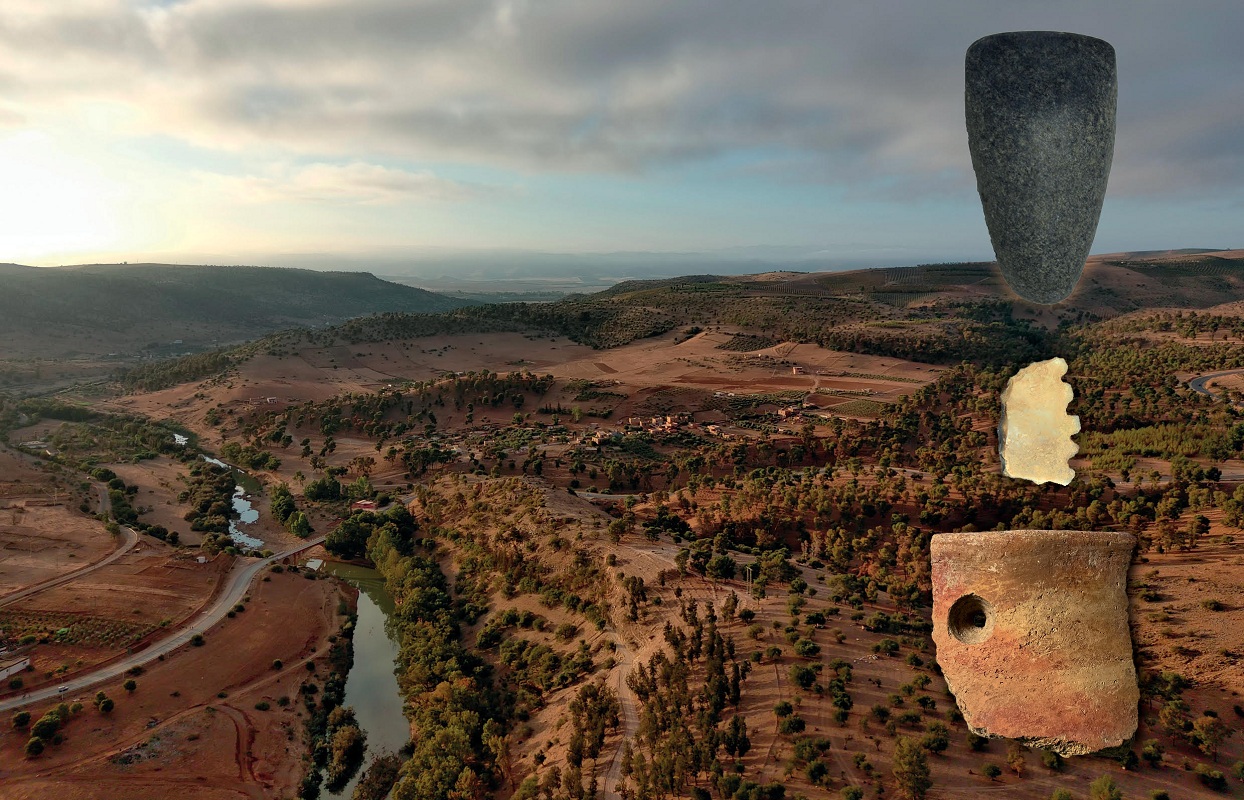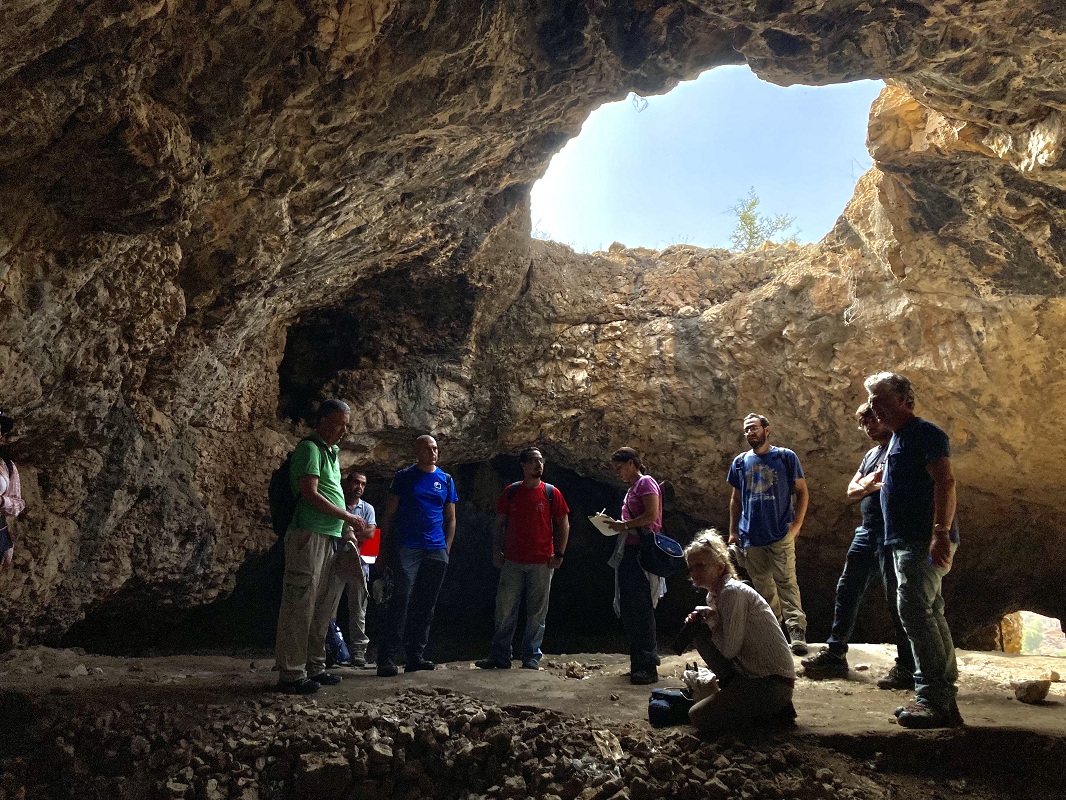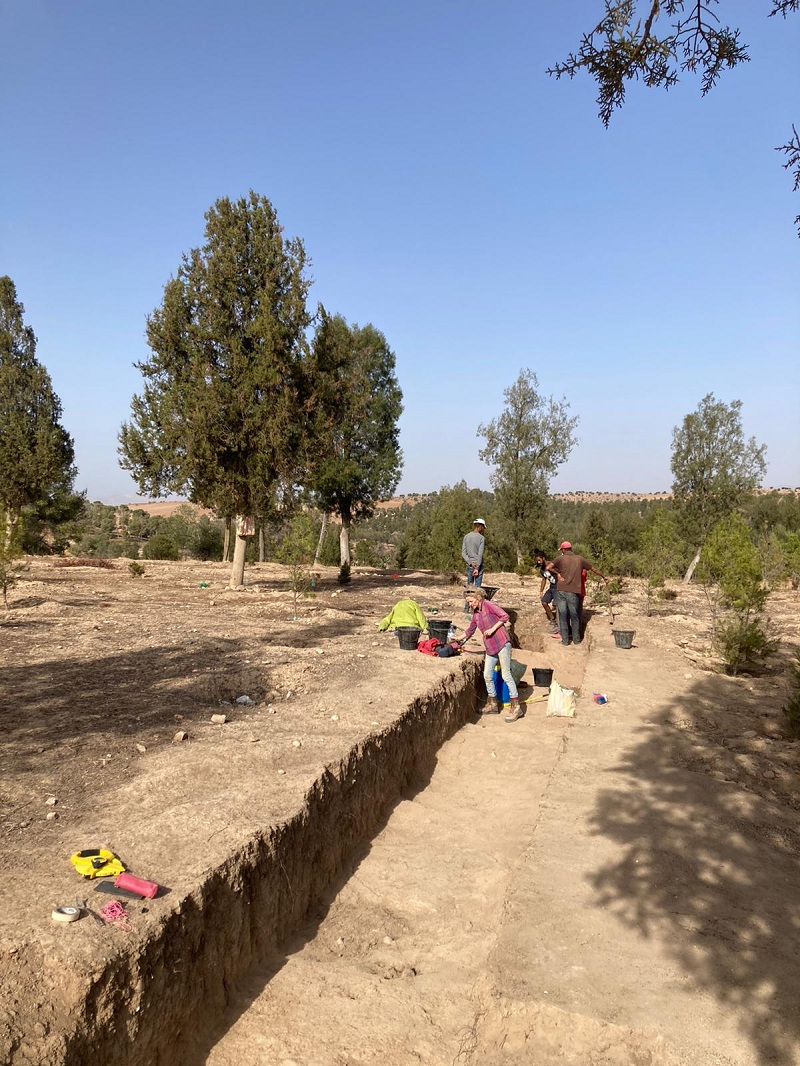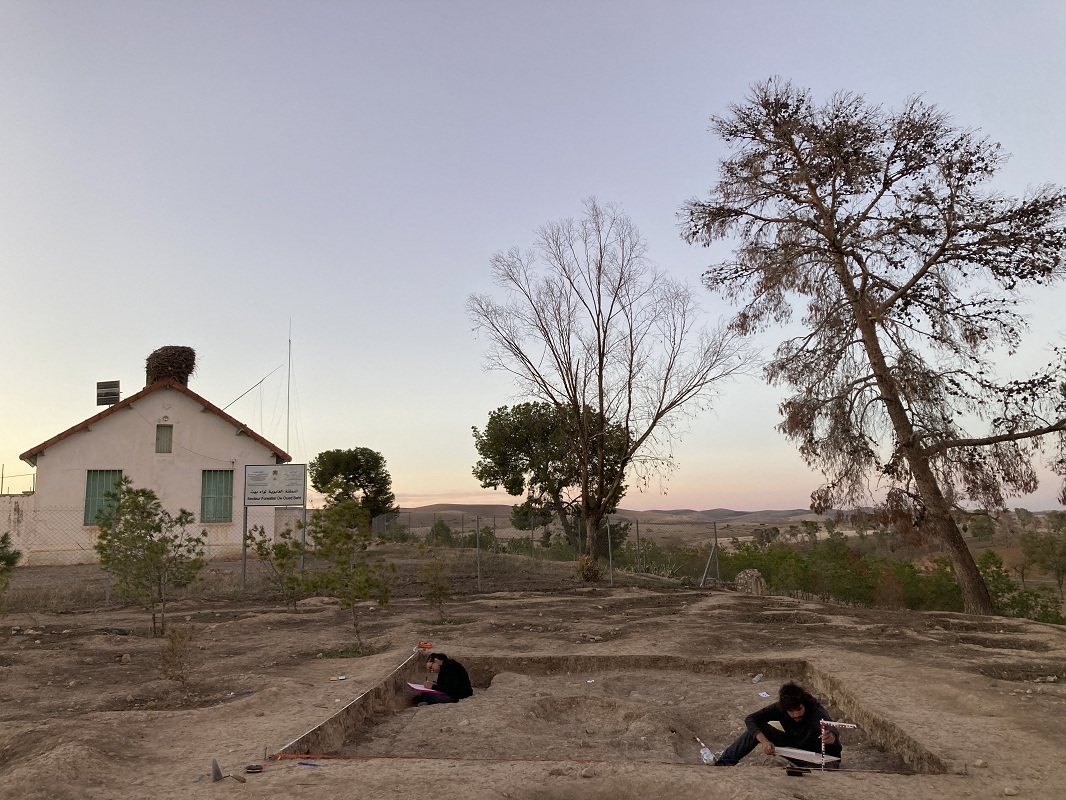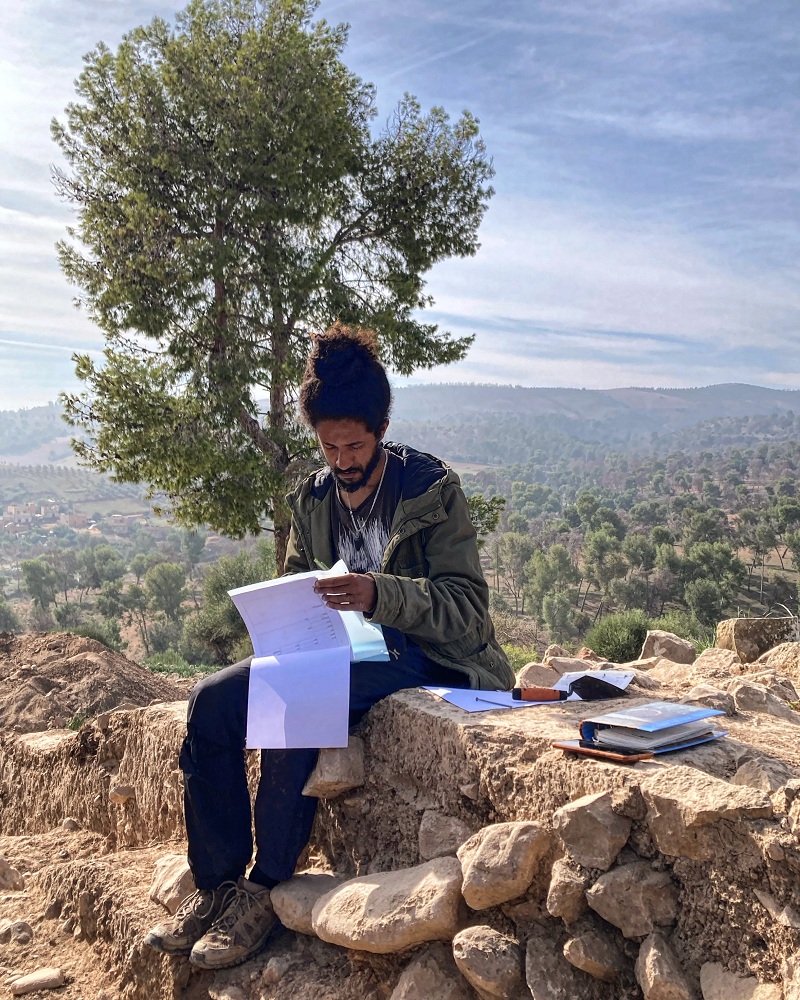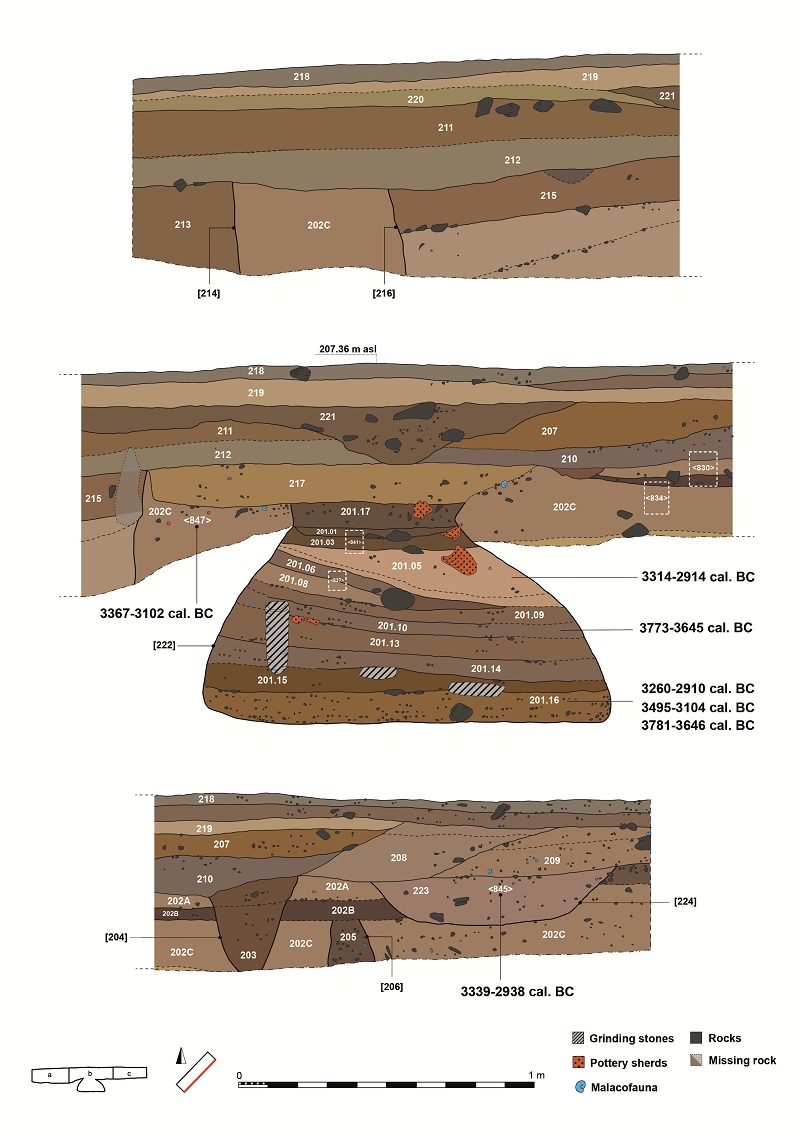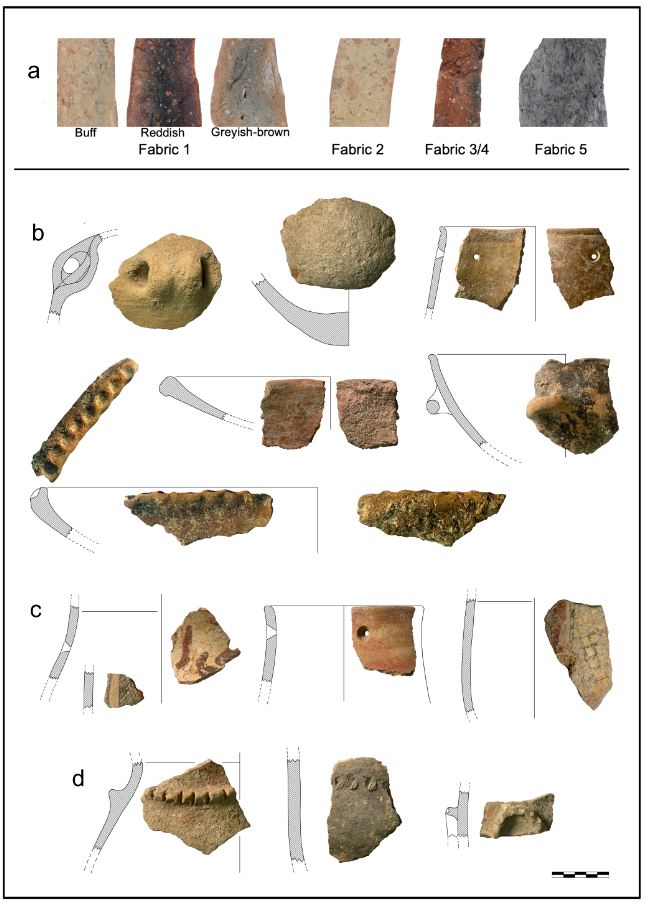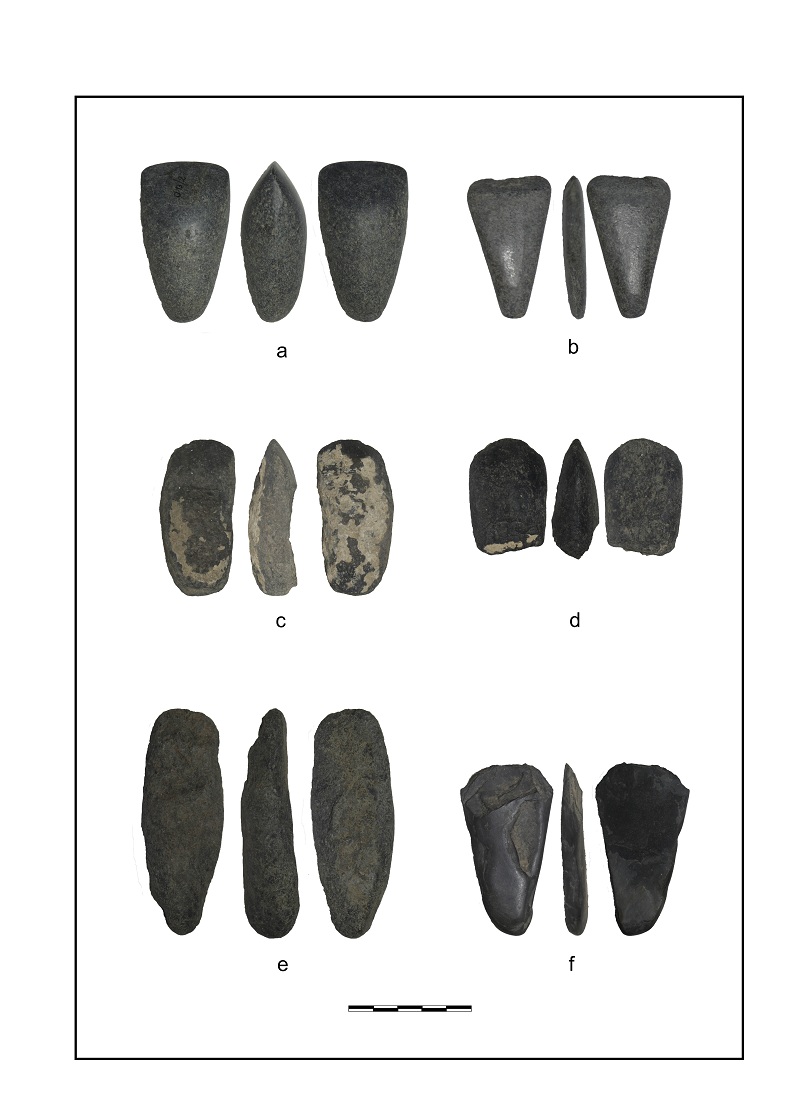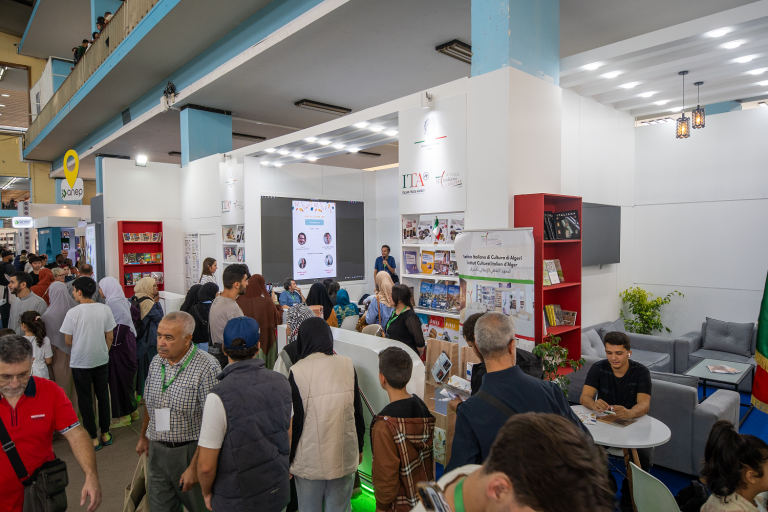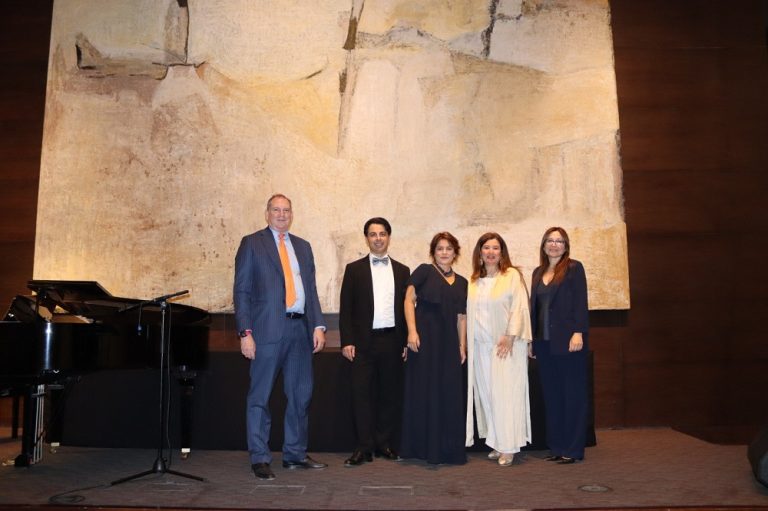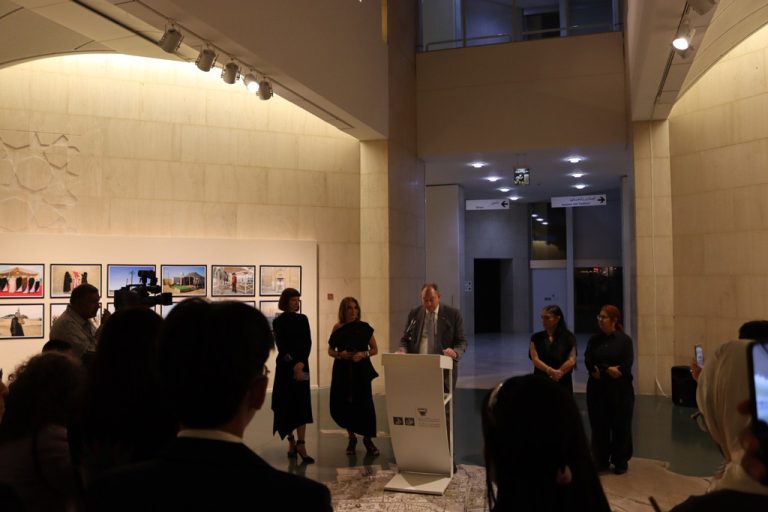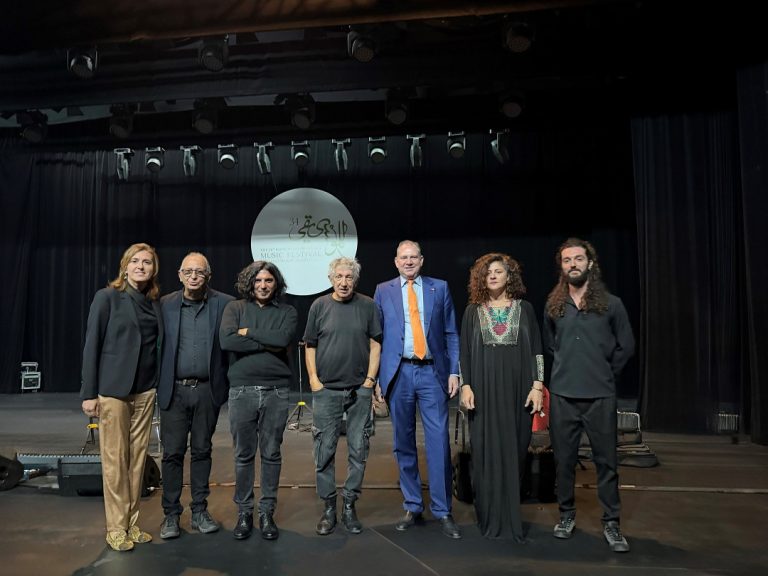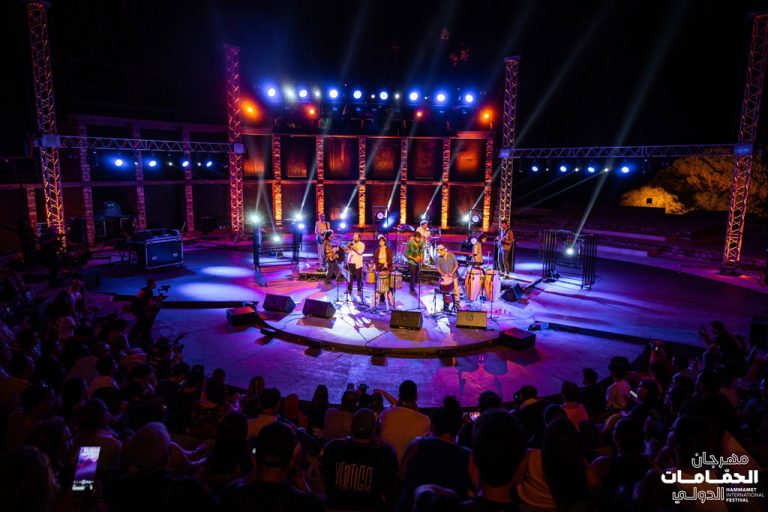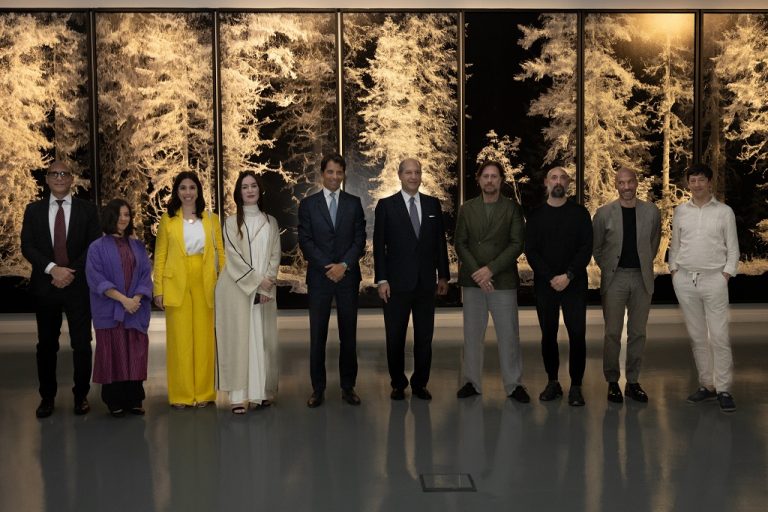The research, published in the journal Antiquity in 2024, uncovered the earliest and largest agricultural complex yet found in Africa beyond the Nile, indicating North Africa played a key role in Mediterranean prehistory.
- The annual Antiquity prize was founded in 1994 to recognise the best article published each year in Antiquity.
- This year’s winning article documents the site of Oued Beht, Morocco, revealing a previously unknown 3400–2900 BC farming society.
- This is the earliest and largest agricultural complex yet found in Africa beyond the Nile.
- It shares similar features with contemporaneous sites in Iberia.
- This suggests the Maghreb was instrumental to the shaping of the western Mediterranean during the fourth and third millennia BC.
The Oued Beht Archaeological Project, co-financed by the Italian Ministry of Foreign Affairs and International Cooperation (MAECI), uncovered a hitherto unknown early farming society from a poorly understood period of north-west African prehistory, revealing for the first time the importance of the Maghreb (north-west Africa) in the emergence of complex societies in the wider Mediterranean. With a Mediterranean environment, a border with the Sahara desert and the shortest maritime crossing between Africa and Europe, the Maghreb is perfectly located for major cultural developments and intercontinental connections in the past.
Whilst the region’s importance during the Palaeolithic, Iron Age and Islamic periods is well known, there is a significant gap in knowledge of the archaeology of the Maghreb between c. 4000 and 1000 BC, a period of dynamic change across much of the Mediterranean.
To tackle this, Youssef Bokbot (INSAP), Cyprian Broodbank (Cambridge University), and Giulio Lucarini (CNR-ISPC and ISMEO) carried out multidisciplinary archaeological fieldwork at Oued Beht, Morocco. Their results were published in the journal Antiquity in 2024 and have been awarded the 2025 Antiquity Prize.
“For more than a century, the last great unknown of later Mediterranean prehistory has been the role played by the societies of the Mediterranean’s southern African shores west of Egypt,” state the authors. “Our discoveries prove that this gap has been due not to any lack of major prehistoric activity, but to the relative lack of investigation, and publishing. Oued Beht now affirms the central role of the Maghreb in the emergence of both Mediterranean and wider African societies”.
These results revealed that the site was the largest agricultural complex from this period in Africa outside of the Nile region. All of the evidence points to the presence of a large-scale farming settlement—similar in size to Early Bronze Age Troy. The team recovered unprecedented domesticated plant and animal remains, pottery and lithics, all dating to the Final Neolithic period. Excavation also revealed extensive evidence for deep storage pits.
Importantly, contemporaneous sites with similar pits have been found on the other side of the Strait of Gibraltar in Iberia, where finds of ivory and ostrich egg have long pointed to African connections. This suggests that the Maghreb was instrumental in wider western Mediterranean developments during the fourth millennium BC. Oued Beht and the north-west Maghreb were clearly integral parts of the wider Mediterranean region. As such, these discoveries significantly change our understanding of the later prehistory of the Mediterranean and Africa.
As the authors of the Antiquity article state: “it is crucial to consider Oued Beht within a wider co-evolving and connective framework embracing peoples both sides of the Mediterranean-Atlantic gateway during the later fourth and third millennia BC—and, for all the likelihood of movement in both directions, to recognise it as a distinctively African-based community that contributed substantially to the shaping of that social world.”
Read the prize-winning research FREE: https://doi.org/10.15184/aqy.2024.101
Watch Antiquity’s video interview with Cyprian Broodbank and Giulio Lucarini:
https://www.youtube.com/watch?v=MB5TB6uj2Fo

